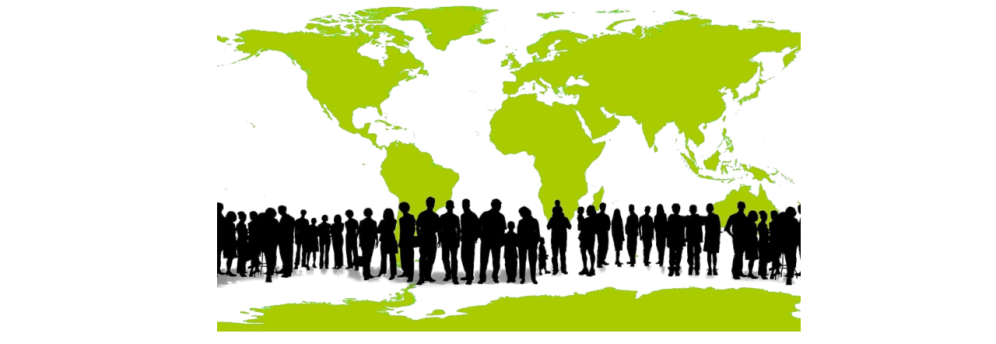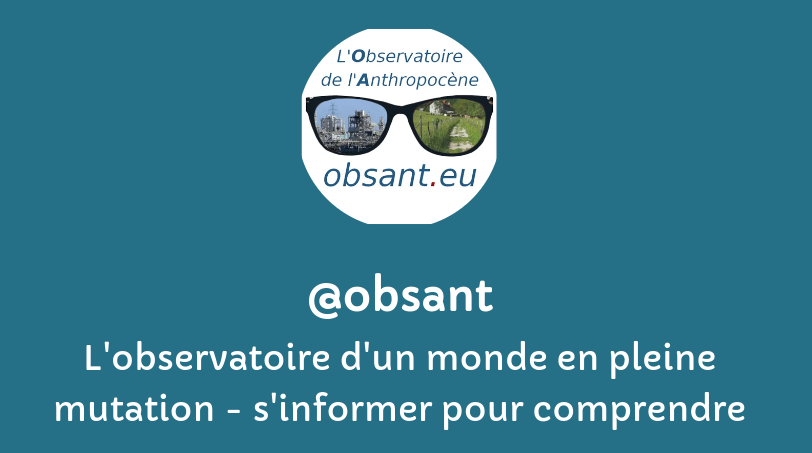La démographie est l’étude quantitative et qualitative des caractéristiques des populations et de leurs dynamiques, à partir de thèmes tels que la natalité, la fécondité, la mortalité, la nuptialité (ou conjugalité) et la migration. Source : wikipedia
Pour voir les références d’un(e) auteur(e), cliquez sur son nom. Pour revenir à la page, utilisez le bouton refresh ci-dessous.
filtre:
security
2024
Climate change should be at the heart of national security plans, say experts.
The big question: Would climate engineering like sending reflective particles into the stratosphere or brightening clouds help reduce the national security risks of climate change or make them worse?
Christopher Lockyear, secretary general of Doctors Without Borders/Médecins Sans Frontières (MSF), called today on the United Nations Security Council (UNSC) to demand an immediate and sustained ceasefire in Gaza. Addressing the Council at its monthly meeting on Gaza, Lockyear also called for the unequivocal protection of medical facilities, staff, and patients. “Meeting after meeting, resolution after resolution, this body has failed to effectively address this conflict,” Lockyear said. “We have watched members of this Council deliberate and delay while civilians die. This death, destruction, and forced displacement are the result of military and political choices that blatantly disregard civilian lives. These choices could have been—and still can be—made very differently.” After more than four months of war, nearly 30,000 Palestinians have been killed in Gaza amid Israel’s constant bombing and attacks. Approximately 1.7 million people—nearly 75 percent of the population—are estimated to be forcibly displace
2023
By putting in place climate change adaptation measures, NATO has an opportunity to both strengthen operational resilience and adapt to the impacts of climate change.
The world could fall short of food by 2050 due to falling crop yields, insufficient investment in agricultural research and trade shocks, according to Joe Biden’s special envoy for food security, Dr Cary Fowler. Fowler, who is also known as the “father” of the Svalbard Global Seed Vault, a global store of seeds for the most significant crops, said studies by agricultural economists showed the world needed to produce 50-60% more food by 2050 in order to feed its growing population. But crop yields rates were projected to decline by between 3-12% as a result of global heating.
After hottest day ever, researchers say global heating may mean future of crop failures on land and ‘silent dying’ in the oceans
abs_empty
Report calls for better safeguards to prevent bioterrorists from weaponizing new technology
Fourth year in a row in which number of people facing food crises increased substantially
The lack of interest in climate adaptation and mitigation among national-security policymakers reflects a profound misunderstanding of the risks that climate change poses to global stability. To avert catastrophe, the international community must help the world’s most vulnerable countries strengthen their resilience.
2022
The Center for Climate and Security (CCS), a non-partisan institute of the Council on Strategic Risks, has a team and distinguished Advisory Board of security and military experts. CCS envisions a climate-resilient world which recognizes that climate change threats to security are already significant, unprecedented and potentially existential, and acts to address those threats in a manner that is commensurate to their scale, consequence and probability.
Atmospheric soot loadings from nuclear weapon detonation would cause disruptions to the Earth’s climate, limiting terrestrial and aquatic food production. Here, we use climate, crop and fishery models to estimate the impacts arising from six scenarios of stratospheric soot injection, predicting the total food calories available in each nation post-war after stored food is consumed. In quantifying impacts away from target areas, we demonstrate that soot injections larger than 5 Tg would lead to mass food shortages, and livestock and aquatic food production would be unable to compensate for reduced crop output, in almost all countries. Adaptation measures such as food waste reduction would have limited impact on increasing available calories. We estimate more than 2 billion people could die from nuclear war between India and Pakistan, and more than 5 billion could die from a war between the United States and Russia—underlining the importance of global cooperation in preventing nuclear war.
Food supply expert paints grim global picture hunger 05.23.2022 By Arvin Donley NEW YORK, NEW YORK, US — Global wheat inventories currently stand at about 10 weeks of global consumption, a food supply expert said during a special meeting of the United Nations Security Council on May 19. Sara Menker, chief executive officer of Gro Intelligence, an organization that gathers and analyzes global food and agricultural data, said she disputes official government agency estimates that put global wheat inventories at 33% of annual consumption, countering inventories are closer to 20%. “It is important to note that the lowest grain inventory levels the world has ever seen are now occurring while access to fertilizers is highly constrained, and drought in wheat growing regions around the world is the most extreme it’s been in over 20 years,” Menker said. “Similar inventory concerns also apply to corn and other grains. Government estimates are not adding up.” Menker told the security council that while much of the blame
EN
Rystad Energy - A perfect and unavoidable storm: LNG supply crisis will make landfall in winter 2022
- Press Releases
A liquified natural gas (LNG) crisis is brewing for European countries dealing with energy insecurity in the wake of Russia’s invasion of Ukraine, as demand will outstrip supply by the end of this year, Rystad Energy research shows. Although soaring demand has spurred the greatest rush of new LNG projects worldwide in more than a decade, construction timelines mean material relief is unlikely only after 2024. Global LNG demand is expected to hit 436 million tonnes in 2022, outpacing the available supply of just 410 million tonnes. A perfect winter storm may be forming for Europe as the continent seeks to limit Russian gas flows. The supply imbalance and high prices will set the scene for the most bullish environment for LNG projects in more than a decade, although supply from these projects will only arrive and provide relief from after 2024 The European Union’s REPowerEU plan has set an ambitious target to reduce dependence on Russian gas by 66% within this year – an aim that will clash with the EU’s goal of
Russia’s growing isolation has strengthened the ‘siloviki’ who surround the president
2021
abs_empty
C’est de l’or… De l’or transparent. Mais cette richesse n’est pas accessible à tout le monde. Une bonne partie de la planète en est même privée.
A l'occasion de la Journée mondiale de l'eau, les Nations Unies ont publié leur rapport sur la mise en valeur de cette ressource. L'eau, une source de tensions dans le monde
A l’occasion de la Journée mondiale de l’eau, l'ONU dresse un rapport sur l'importance de la valeur de l'eau.
abs_empty
abs_empty
Traceable evidence of the impacts of climate change on humanity, the data sheet with scientific references
2018
Freshwater availability is changing worldwide. Here we quantify 34 trends in terrestrial water storage observed by the Gravity Recovery and Climate Experiment (GRACE) satellites during 2002–2016 and categorize their drivers as natural interannual variability, unsustainable groundwater consumption, climate change or combinations thereof. Several of these trends had been lacking thorough investigation and attribution, including massive changes in northwestern China and the Okavango Delta. Others are consistent with climate model predictions. This observation-based assessment of how the world’s water landscape is responding to human impacts and climate variations provides a blueprint for evaluating and predicting emerging threats to water and food security. Analysis of 2002–2016 GRACE satellite observations of terrestrial water storage reveals substantial changes in freshwater resources globally, which are driven by natural and anthropogenic climate variability and human activities.
2011
While the element phosphorus is not scarce in the earth’s upper crust, the amount that can be accessed for productive use in food production is orders of magnitude smaller due to a wide range of bottlenecks including physical, economic, technical, geopolitical, legal, ecological and environmental constraints. From a food security and sustainability perspective, the most important quantity is not the total amount of phosphate rock in the ground but the fraction that is available to be accessed by farmers and applied to agricultural fields for food production.
![]()


